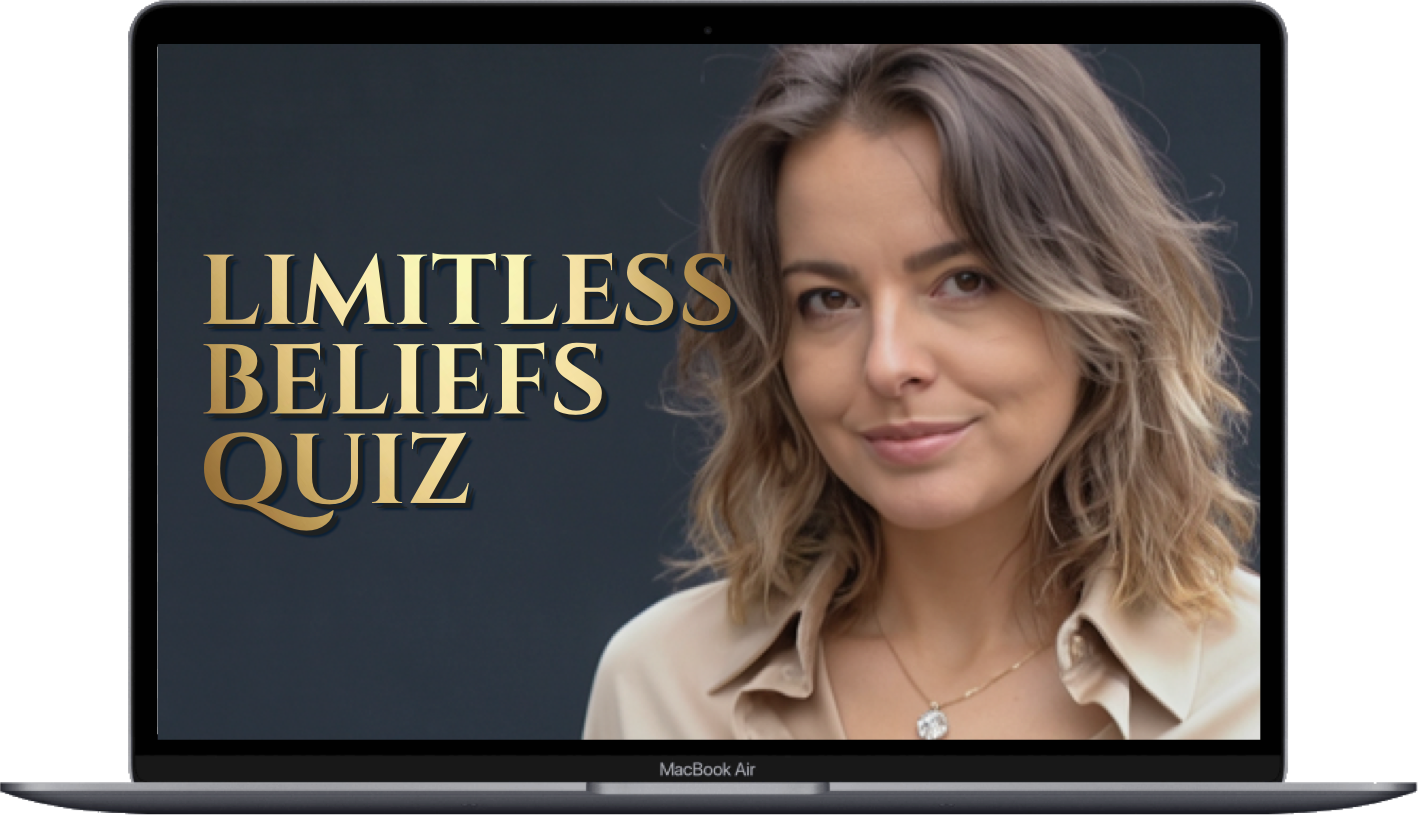In a healthy, integrated mind, there’s a powerful force at the center of it all—the Observer. This compassionate and wise part of ourselves plays the role of the true guide in our lives, helping us understand the world around us without attaching too much meaning to the ups and downs of our daily experiences.
The Observer, in psychological terms, is the part of us that remains neutral, detached, and compassionate. It is the inner voice that can step back from intense emotions, providing a calm perspective on any situation. Rather than becoming swept up in fear, anger, or judgment, the Observer maintains a sense of awareness and understanding. It’s akin to the mindful, objective part of ourselves that can notice thoughts and feelings without being consumed by them.
As Carl Jung, a well-known psychologist, once said, “You are what you do, not what you think you do.” The Observer helps us recognize our thoughts and behaviors without letting them define us. It is this part that allows us to approach life with openness and self-compassion, embracing both joy and sadness without attaching unnecessary meaning to them.
However, when trauma enters the picture, it can cause a shift in our personalities, leading to a struggle between different parts of ourselves. This article will explore how the Observer works in a healthy psyche, how trauma can create new subpersonalities, and how the path to healing begins with self-love and compassion.
Trauma and Subpersonalities
If you are not familiar with the concept, Subpersonalities are the various “parts” of our personality that emerge in different situations, often shaped by our experiences and roles in life. While these subpersonalities can work together in harmony, they sometimes clash or become out of sync. For instance, one part of you might be nurturing and compassionate, while another might be self-critical or harsh. These subpersonalities form based on the events we go through, and when we face challenging experiences or trauma, they can become confused or unbalanced, making it harder to navigate our emotions and actions.
When a person experiences childhood trauma, their mind can split into different parts, or subpersonalities, to protect them from the pain. These parts include the wounded self, the critical self, and the Observer. The Observer, being the calm and wise part, isn’t strong enough in moments of intense pain, so the mind creates these other subpersonalities to deal with the overwhelming emotions.
When trauma hits, the Observer steps back, and the wounded self is pushed to the background. The mind tries to shut down the pain, creating the “Critical” subpersonality to keep things in control. This part is not affected by the pain but is quick to react, often harshly, to protect the person from further hurt.
The Critical’s Role and Its Struggle
The Critical part of us is the inner voice that judges and tries to protect us by controlling our behavior, often through harsh self-criticism. It tries to keep us safe by enforcing rules and standards, but it can also prevent us from experiencing love or vulnerability by pushing us to be perfect or tough.
The Critical part of the personality believes that survival means following strict rules. These rules are built on the idea that love can hurt, and it needs to be avoided. The Critical self can’t see the bigger picture and often tells the wounded part that love is dangerous. Even though it tries to push the Wounded self out of sight, it can’t completely ignore the need for love.
This constant struggle creates tension within the person. The Critical part may begin to question its own rules, wondering if the Observer’s way of seeing the world might be right. But change doesn’t come easily. The Critical part still holds on to old beliefs and insists on doing things its way, even though it knows something isn’t working.
The Need for Self-Love
One of the biggest challenges for someone dealing with trauma is accepting love, particularly from themselves. The Critical subpersonality often pushes love away because it believes that love is the source of pain. It convinces us that love leads to hurt, which feels like a threat, making it difficult to accept love, even when it’s offered. There’s a deep belief that love isn’t deserved, which creates a barrier to healing.
To begin the healing process, it’s essential to break this cycle. The person must learn to accept love, starting with self-love. This isn’t something that happens quickly, but it’s a crucial first step. Self-love allows the Observer—the compassionate, wise part of ourselves—to take the lead in healing. It’s about learning to love without conditions, without any rules that say we don’t deserve it. Only through self-love can we begin to dismantle the defenses built by the Critical, allowing for true emotional healing and acceptance.
The Healing Process
In a healthy personality, love and healing come naturally. But for those with trauma, it’s a slow and intentional process. The key to healing is allowing the Observer to come forward and start showing love to the Critical and Wounded parts of the personality. At first, it might be small acts, like lighting a candle or offering a few kind words. These gestures are the first steps toward rebuilding trust in the self.
Eventually, this process leads to the Wounded and Critical parts opening up and receiving love without the fear of pain. This gradual healing is a return to balance, where all parts of the personality come together, understanding that love is not the enemy but the path to wholeness.
The Power of Unconditional Love
Healing from trauma is a journey that requires patience, self-compassion, and the willingness to break old patterns. The Observer, when allowed to lead, helps the Wounded and Critical parts of us learn to receive love in its purest form. It’s not about following strict rules or fearing love—it’s about embracing the fact that we are worthy of it. The process is slow, but with each step, the parts of us that were once fractured begin to reunite, showing us that unconditional love, both for ourselves and others, is the key to true healing.



